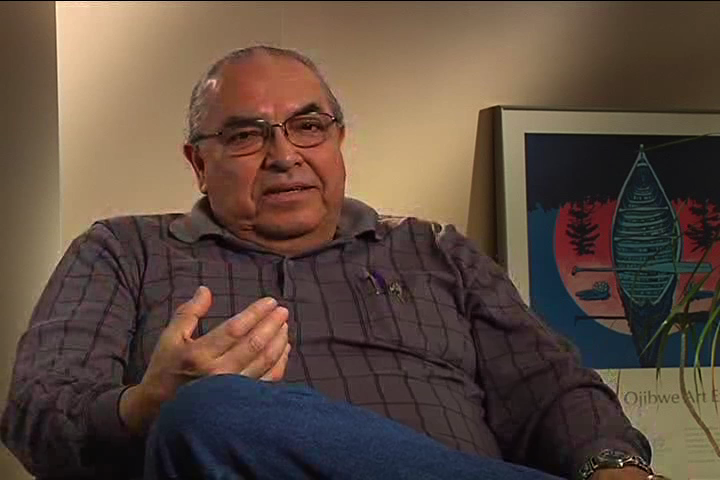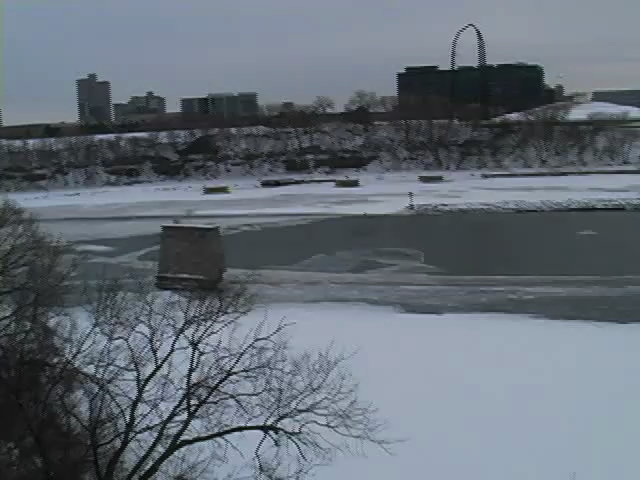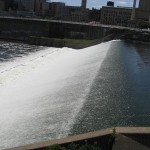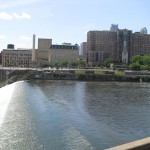St. Anthony Falls
The St. Anthony Falls area was sacred to the Dakota and had many names. These falls are the only waterfalls on the entire Mississippi River. On the earliest European maps of the Mississippi River, made by the French in the 1500’s, St. Anthony Falls is the only place along the river that is noted by name.
Nicollet Island, a spot in the river just below the falls, was traditionally the place where Dakota women would go to give birth – an incredibly important cultural site. Another very important place for the Dakota, called “Spirit Island” by non-Natives, no longer exists, due to the destruction of the falls through the milling industry. The falls became an important source of power for milling and other industries, and in a short period in the 1800’s industrialization, land theft and other effects of white settlement changed the area forever.
“A few Indians belonging to Good Road’s band had their tepees up, and were temporarily living in them, in the oak-openings on the hill a little west of the landing of the old ferry. There was an eagle’s nest in a tall cedar on Spirit Island . . . We started up a number of large timber wolves . . . The banks of the river above the falls were skirted with a few pines, some white birch, many hard maples, and several elms, with many native grape vines climbing over them, which formed fine bowers up to the first creek [Bassett’s] above the Falls. The tableland back from the Falls was covered with oak. There were some thickets of hazel and prickly ash. On the second bench, a little below the Falls [Bohemian Flats], from a quarter mile to a half mile back, there was a dense growth of poplar that had escaped the annual prairie fires . . . Here and there were fine rolling prairies of a few acres in extent, in the immediate neighborhood of the Falls, but toward Minnehaha the prairies were two or three miles long, and extended to Lake Calhoun and Lake Harriet. Near the Falls was a deep slough of two or three acres. It was seemingly bottomless. This and a few deep ravines and grassy ponds were the only things to mar the beauty of the scene around the Falls.”
Written in 1891 by John H. Stevens, considered the first non-Native “settler” of Minneapolis.












